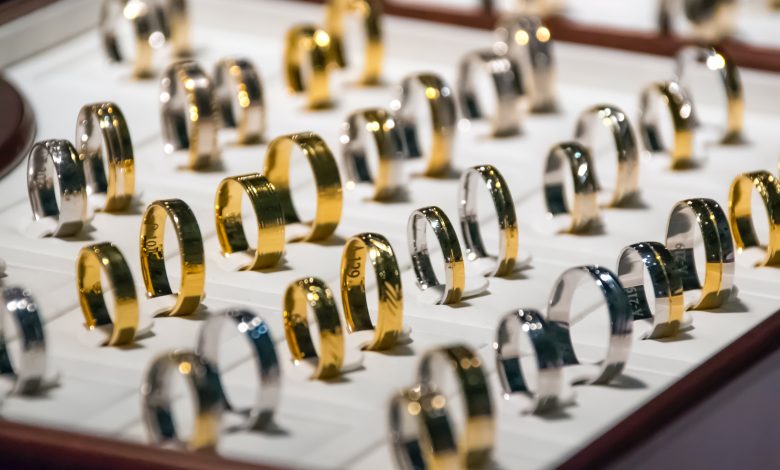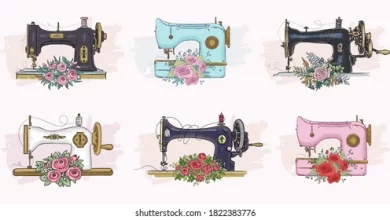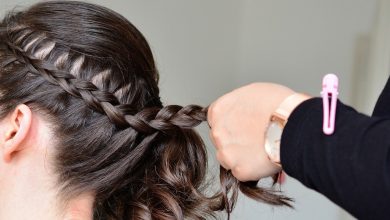5 Best Practices To Avoid Buying Fake Silver or Gold

Are you interested in getting a new set of jewelry or coins? One of the first things you will have to be aware of is the existence of fakes. Silver and gold are precious materials that are both quite valuable. As a result, you need to be on your toes. Here are the 5 best new ways to avoid buying fake gold or silver.
1. Take the Time to Visit an Expert
Do you know the difference between sterling silver vs. white gold jewelry? This is an ongoing issue that has attracted a lot of press in recent years. Many buyers of jewelry have been crushed to find that what they thought was a precious heirloom is fake. The best way to avoid such an outcome is to always deal with an expert in this complex area.
2. Give the Acid Test to Your Specimen
Giving your presumably fake gold or silver specimen an acid test is a good way to be sure. The solution that you use to perform the test won’t cause any damage to the item if it is genuine. If it’s harmed in any way, you can be sure it’s a fraud. To do this test, you will need to have a small amount of nitric acid.
Once you have secured the solution, simply drop the item into it. If it’s a larger piece, just rub some of the acid onto it. If it begins to turn green or begins to register corrosion of any kind, it’s fake. You can buy a nitric acid kit to do tests on all your jewelry, coins, and other bits of gold and silver.
3. What Does it Do to Your Skin?
One of the best ways to spot counterfeit gold or silver will be to observe what happens when it gets up close to your skin. Real gold or silver won’t have any kind of effect. But fake gold or silver could well leave a host of marks, discolorations, and even irritation on your skin. This is one of the tell-tale signs of a fake.
The negative effects on your skin are due to the impure alloy that the “gold” or “silver” is really made of. If you rub your hands together with the item inside of them, you may notice the article leaving a green mark on your palms. This is a tell-tale sign that the item is mostly made of copper, not silver or gold.
4. Test Your Item with a Magnet
You may have seen the magnet test performed on TV or in the movies. This is a very simple test that is designed to weed out fake gold and silver. As its name implies, it involves the use of a magnet.
Place the gold or silver item on a cheap store-bought magnet. If it sticks, it’s fake. Most fraudulent jewelry has an excess of magnetic metals.
5. If You Don’t Get a Ping, it’s Fake
Another classic way to tell a real bit of silver or gold from a fake is to give it the old classic “ping” test. This is a sound that is made when a piece of real gold or silver is struck against another piece of metal. You can use a coin, piece of jewelry, or some other metal surface to perform the test.
Simply strike the coin or piece of jewelry with your hand. Give it a few seconds to see what kind of sound it makes. There should be an audible “ping!” that lasts for about this duration. Instead of a “ping”, you may hear a dull thump or thwack that is over in a split second. If this is the case, you’ve got a fake.
Fake Gold and Silver is a Continuing Threat
Being able to tell the difference between real and fake gold and silver is a major plus. This will save you a great deal of time, hassle, and money in the long run. It will be up to you to do everything in your power to avoid future issues of this kind. The best way to do so is to invest wisely in these areas.
If you are interested to know about the How to Add Ivy to Your House Without Ruining Your Window Siding then visit our home improvement category.





